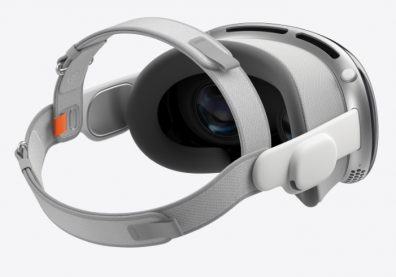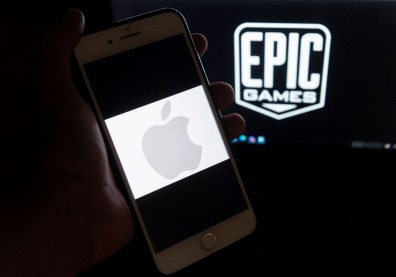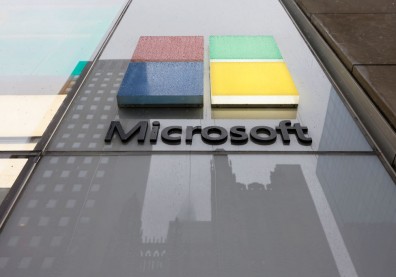Because iPhone-maker Apple is at the mercy of its four suppliers, the Cupertino-based technology giant would likely not be able to outfit its next iPhone with OLED displays until 2018. It is due to the lack of sufficient production capacity by Samsung Display, LG Display, Sharp and Japan Display to manufacture OLED screens for new iPhones in 2017.
The Australian Financial Review reported that the supply limitation could result in Apple using the energy-sipping organic LED screen in versions of the next-generation iPhone. The use of an OLED display in 2017 on one new iPhone model would be timed to mark the 10th anniversary of the Apple smartphone.
Older LCD Technology
The other new iPhone models would likely use displays of older LCD technology due to the anticipated OLED supply shortage to satisfy demand, Ming-Chi Kuo, analyst of KGI Securities, said. His assessment is similar to what Dan Panzica, supply chain analyst of IHS Market, said that Apple had figured out the high demand for the OLED model and constraints of its availability.
It is not just the screen that makes the iPhone 7 an “overrated product,” according to Forbes. The business website also pointed to the three-year-old design of the flagship phone with top and bottom bezels compared to other phones on the market.
Relying More On Rival
Despite being competitors in manufacturing gadgets, Apple would need to rely more on Seoul-based Samsung which is on track to be the only supplier of new OLED screens in 2017. However, Samsung may not cope with Apple’s demand because of low yield rates and increasing demand for iPhones.
Japan Display and Sharp said they are on track for production in 2018 while currently working on test procedures for the OLED display. In the meantime that the supply is not yet assured, Shuji Aruga, president of Japan Display, foresees a 50-50 split between Apple’s use of OLEDs and LCDs for its high-end phone screens.










